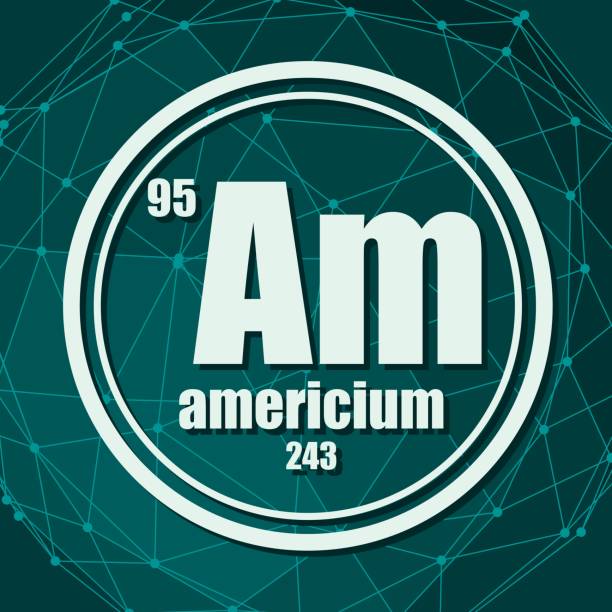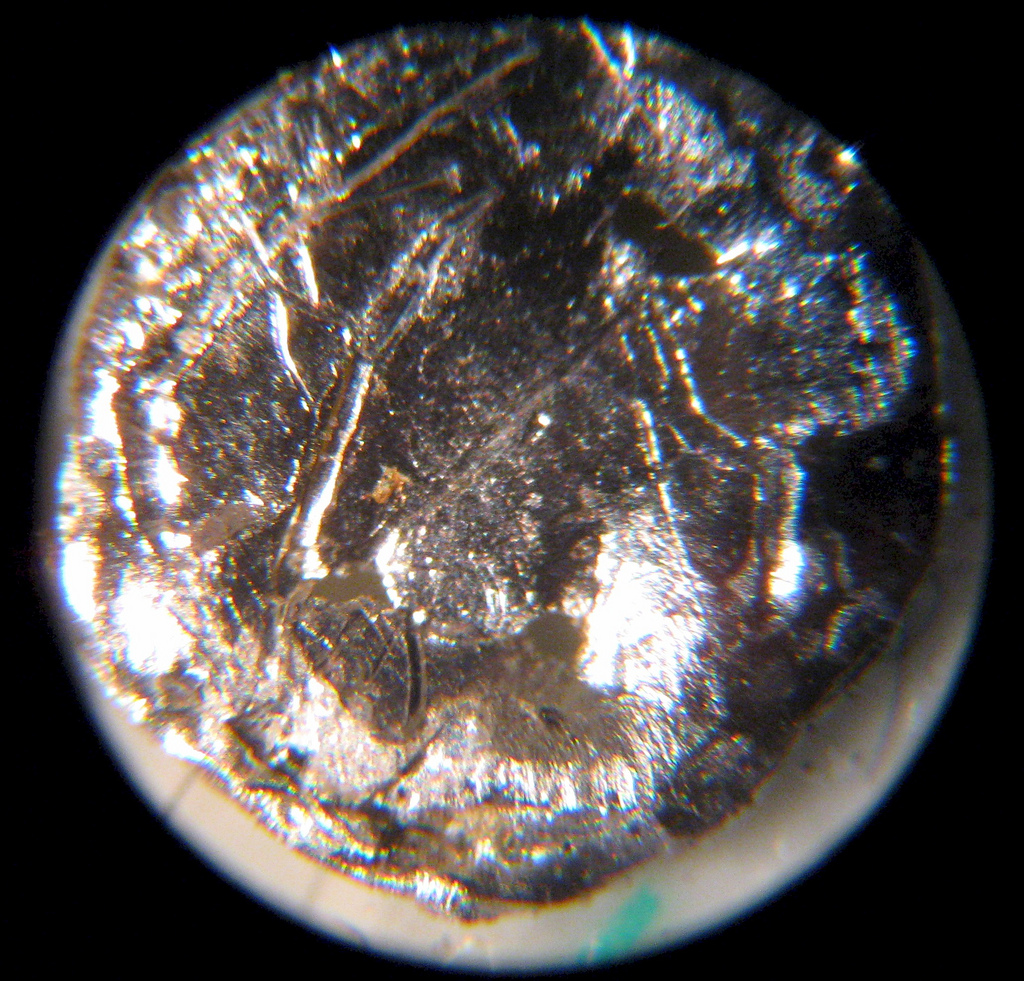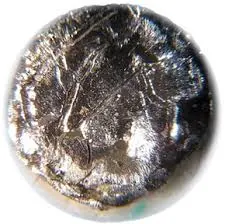Identity.
Americium, element 95, isn't your typical Earth dweller. This silvery, synthetic metal emerged in 1944, born from the neutron bombardment of plutonium within the Manhattan Project. Not found naturally, it earned its name by analogy to the Americas, reflecting its bold and unique nature. Unlike its stable lanthanide neighbors, americium is intensely radioactive, emitting alpha particles that make it invaluable in smoke detectors but demand responsible handling. With ongoing research exploring its potential for space batteries and clean energy, this enigmatic element holds both power and challenges, reminding us of the fascinating, and sometimes dangerous, world of radioactive elements.
Atomic Structure:
Diagram of the nuclear composition and electron configuration of an atom of americium-243 (atomic number: 95), the most stable isotope of this element. The nucleus consists of 95 protons (red) and 148 neutrons (blue). 95 electrons (green) bind to the nucleus, successively occupying available electron shells (rings).
History.
In 1944, amidst the secrecy of the Manhattan Project, Americium entered the world. Scientists Glenn Seaborg, Ralph James, Leon Morgan, and Albert Ghiorso conjured this element not from Earth's crust, but from the heart of a nuclear reactor. Plutonium, bombarded with neutrons, birthed Americium-241, the most common isotope. Although not the first transuranic element discovered, Americium's unique properties captured attention.
Initially shrouded in secrecy, Americium's potential soon branched out. Its ability to emit alpha particles, energetic subatomic bullets, proved ideal for triggering smoke detectors. The first commercial smoke detector in 1976 contained Americium-241, and these life-saving devices remain in millions of homes today. However, its radioactivity necessitates careful handling and disposal, reminding us of the double-edged sword nature of this element.
While smoke detectors solidify Americium's claim to fame, its future might be even brighter. Its long half-life and ability to generate heat make it a potential candidate for long-lasting, powerful batteries in space exploration, where sunlight is scarce. Additionally, research explores its potential for cleaner energy applications. However, challenges remain: its scarcity and radioactive nature require innovative solutions. Americium's history intertwines with scientific discovery, technological innovation, and the responsible use of powerful elements. Its journey might not be over, as it holds the potential to illuminate a brighter future.
Properties.
Radioactive Glow: Americium is most known for its radioactivity. The most common isotope, Americium-241, emits alpha particles, tiny atomic bullets that make it ideal for smoke detectors and industrial gauges. However, this radioactivity also necessitates careful handling and disposal.
Silvery Shine: This man-made metal boasts a silvery appearance, similar to other lanthanide elements. But unlike its stable neighbors, americium's unique atomic structure makes it highly reactive and readily forms compounds with other elements.
Heat Generation: The radioactive decay of americium releases heat, a property with potential applications. Americium-241 generates a significant amount of heat for its size, making it a candidate for long-lasting, powerful batteries in space exploration or even future clean energy solutions. However, its scarcity and radioactive nature present challenges.


